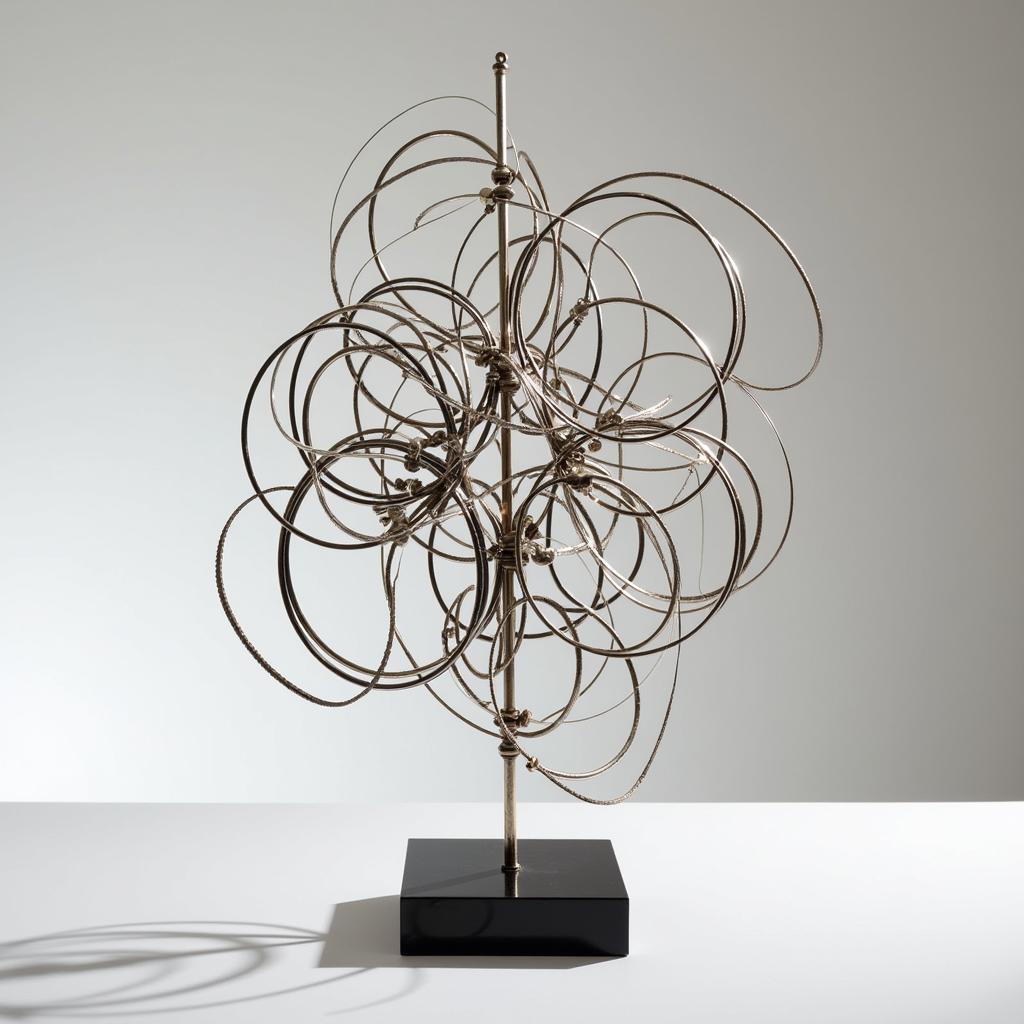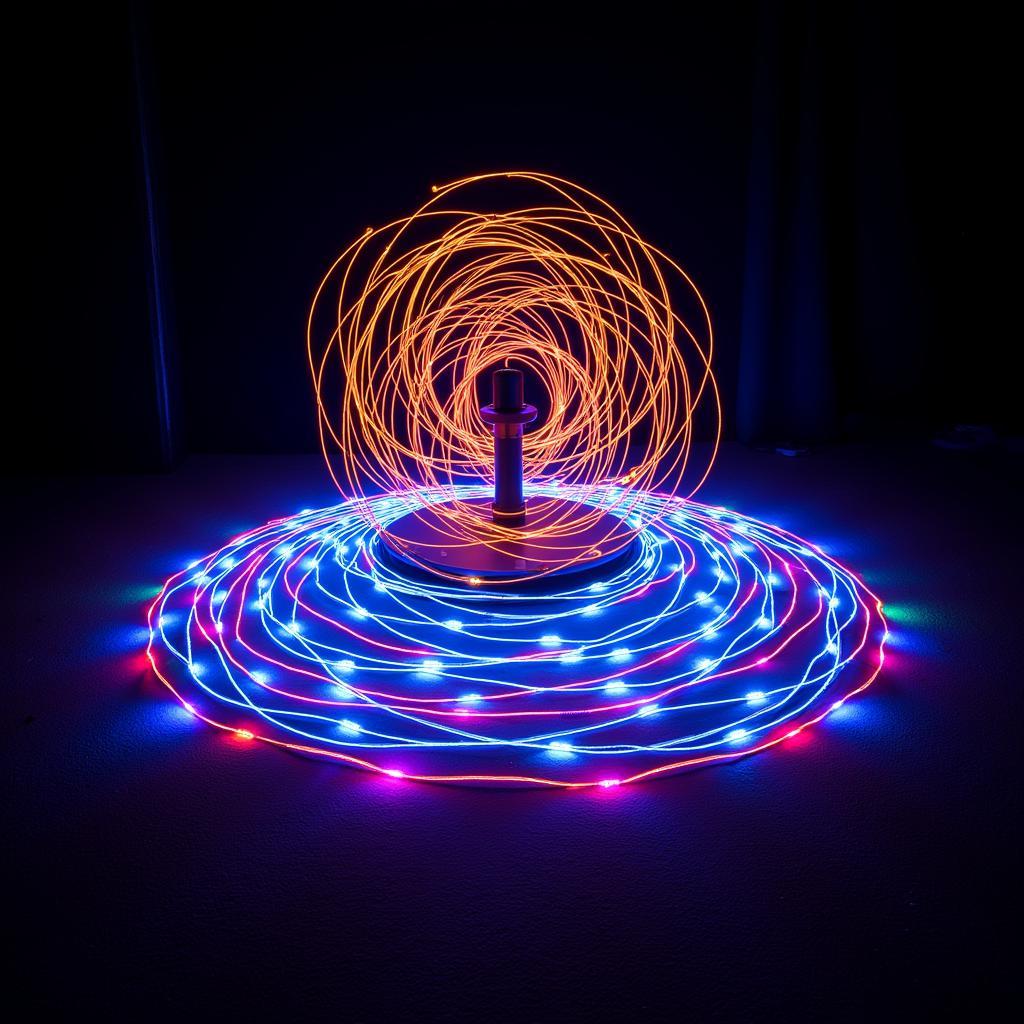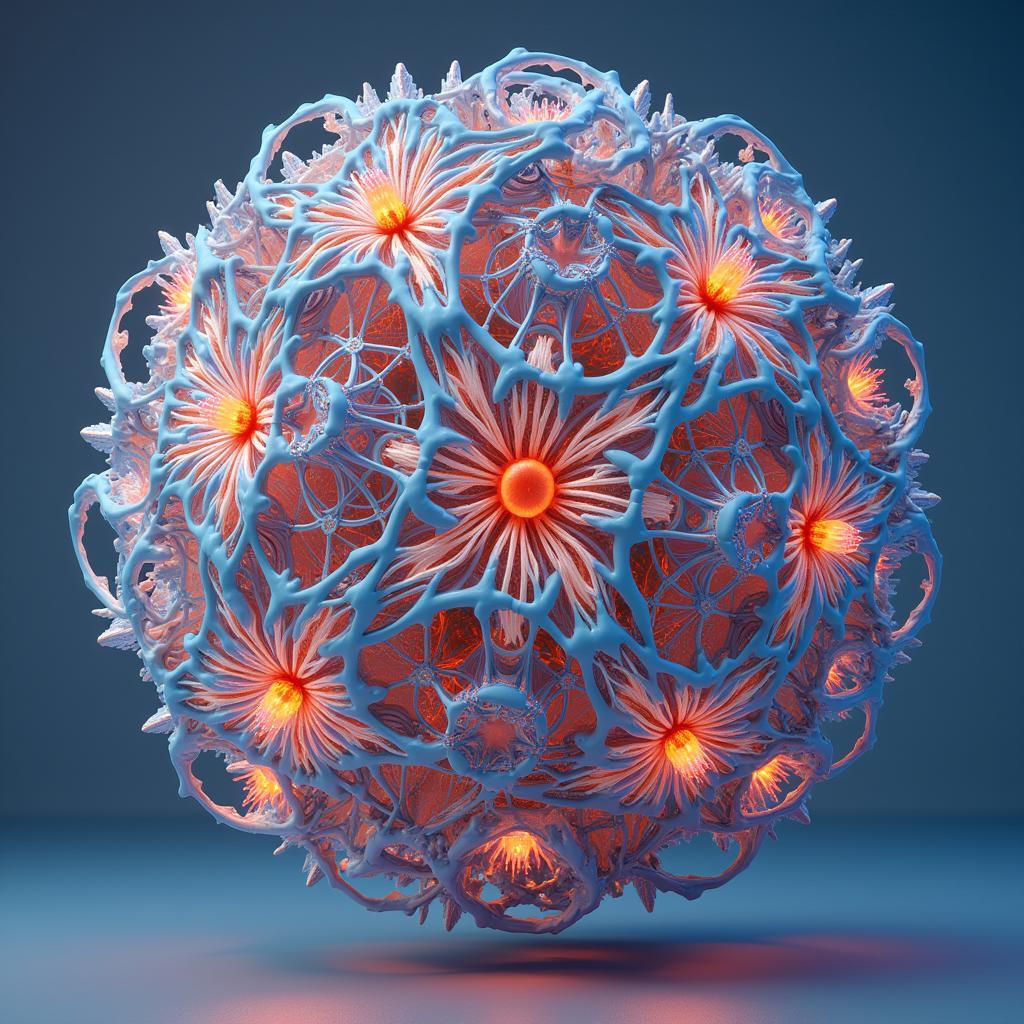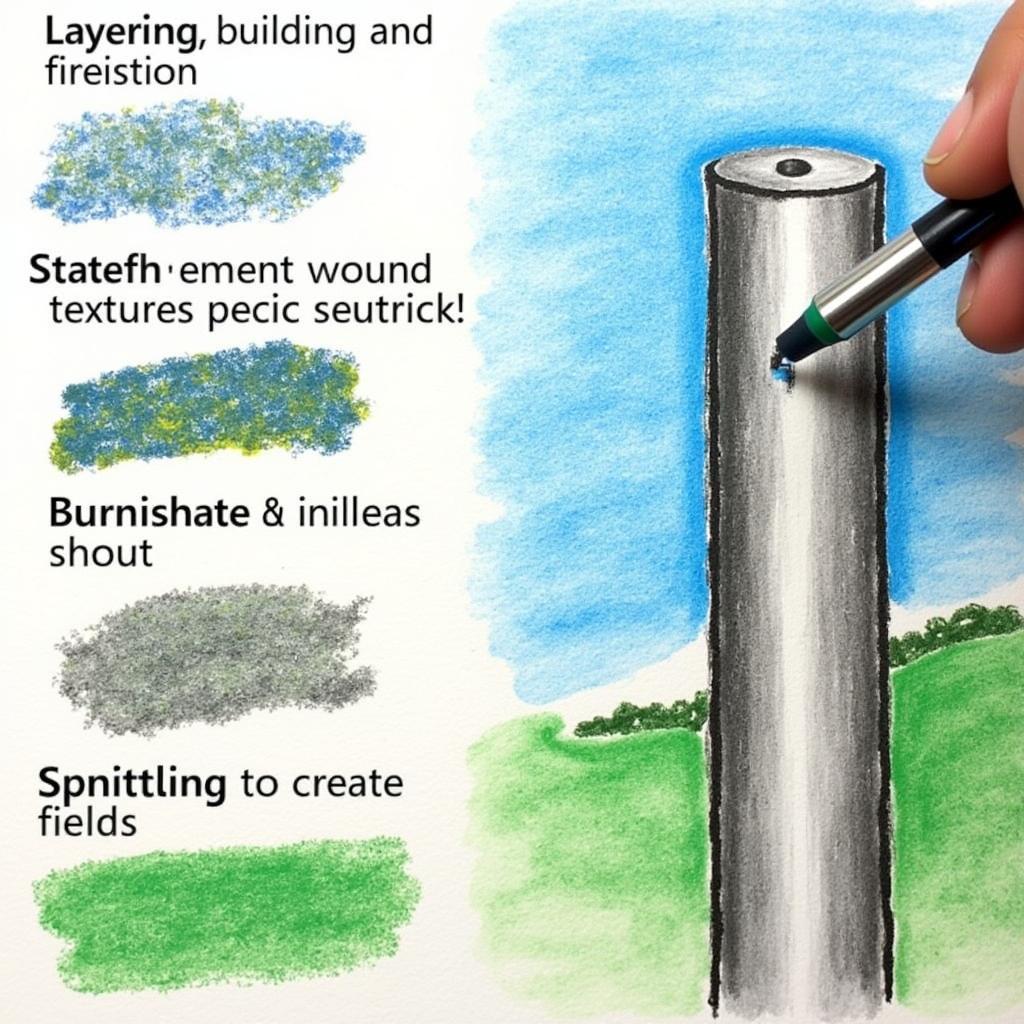Unleash Your Creativity: Exploring the World of Gyroscope Art
Gyroscope Art is a fascinating intersection of technology and artistic expression, transforming the way we create and experience visual art. By harnessing the power of gyroscopic motion, artists can generate mesmerizing patterns, dynamic sculptures, and interactive installations that push the boundaries of traditional art forms. This innovative approach opens up a world of possibilities, allowing artists to explore new dimensions of creativity and engage audiences in unique and captivating ways.
What is Gyroscope Art?
Gyroscope art utilizes the principles of gyroscopic motion, the tendency of a spinning object to maintain its orientation, to create art. This can involve physical sculptures that move and change based on their gyroscopic properties, or digital art that simulates and manipulates these principles to generate visual effects. The core concept revolves around the interplay of forces, balance, and motion, resulting in artworks that are often dynamic, interactive, and visually stunning. From intricate light displays to kinetic sculptures, gyroscope art offers a fresh perspective on the possibilities of artistic creation in the digital age.
Think of a spinning top – its ability to stay upright despite being tilted is due to its gyroscopic properties. Now imagine harnessing that force and precision to create intricate designs and dynamic movements in an artistic context. That, in essence, is the foundation of gyroscope art.
 Gyroscope Art Kinetic Sculpture Example
Gyroscope Art Kinetic Sculpture Example
Different Forms of Gyroscope Art
Gyroscope art manifests in various forms, each offering a unique approach to utilizing gyroscopic principles. Let’s delve into some of the most prominent examples:
- Kinetic Sculptures: These sculptures incorporate gyroscopes to create movement and dynamism. The sculptures might rotate, oscillate, or balance precariously, captivating viewers with their seemingly impossible feats of equilibrium.
- Light Paintings: By attaching LEDs to spinning gyroscopes and capturing their movement with long-exposure photography, artists create mesmerizing light paintings that trace the intricate paths of the rotating lights.
- Digital Art and Animations: Digital artists utilize software to simulate gyroscopic motion, creating virtual sculptures, animations, and interactive experiences that explore the visual possibilities of this phenomenon. This allows for greater control and complexity in design, pushing the boundaries of what’s achievable with physical gyroscopes.
 Gyroscope Art Light Painting Photography Example
Gyroscope Art Light Painting Photography Example
How to Create Your Own Gyroscope Art
Creating gyroscope art can range from simple DIY projects to complex engineering feats. Here’s a simplified guide to getting started:
- Start Simple: Begin with a basic gyroscope toy to understand its behavior and properties. Experiment with different spinning speeds and angles to observe how it reacts.
- Explore Light Painting: Attach small LEDs to a gyroscope and experiment with long-exposure photography in a dark environment. Vary the colors and spinning speeds to create unique light patterns.
- Delve into Digital Tools: Explore software that allows for 3D modeling and animation. Simulate gyroscopic motion to create virtual sculptures and animations.
- Consider Kinetic Sculptures: If you have experience with mechanics and engineering, consider building your own kinetic sculpture incorporating gyroscopes. Start with simple designs and gradually increase complexity as you gain experience.
The Future of Gyroscope Art
Gyroscope art, although still relatively niche, holds immense potential for future development. As technology advances, we can expect to see even more innovative applications of gyroscopic principles in art. Imagine interactive installations where viewers can influence the motion of the gyroscopes, creating a collaborative artistic experience. The possibilities are truly limitless.
“Gyroscope art isn’t just about creating visually stunning pieces; it’s about exploring the fundamental principles of physics and motion in a creative and engaging way,” says Dr. Amelia Hayes, a renowned physicist and art enthusiast. “It bridges the gap between science and art, offering a unique perspective on how we perceive and interact with the world around us.”
 Digital Animation of Gyroscopic Art
Digital Animation of Gyroscopic Art
Conclusion
Gyroscope art represents a dynamic and evolving field that pushes the boundaries of artistic expression. By combining the principles of physics with creative vision, artists are creating captivating and thought-provoking works that explore the interplay of motion, balance, and visual aesthetics. Whether through kinetic sculptures, light paintings, or digital animations, gyroscope art offers a unique and exciting glimpse into the future of art and technology. Explore the fascinating world of gyroscope art and unleash your own creative potential.
FAQ
-
What is a gyroscope?
A gyroscope is a spinning wheel or disc mounted in a frame that allows it to rotate freely in any direction. Its ability to maintain its orientation is the key principle behind gyroscope art. -
What materials are used in gyroscope art?
Materials can vary widely, from simple toys and LEDs to complex metal structures and advanced software. -
Is gyroscope art expensive to create?
It can range from very affordable DIY projects to more complex and expensive endeavors depending on the scale and complexity of the artwork. -
Where can I see examples of gyroscope art?
Online platforms like YouTube and Vimeo are great resources, as are art galleries and museums showcasing kinetic art. -
Can I learn gyroscope art online?
Yes, various online resources, tutorials, and communities can help you get started with creating your own gyroscope art. -
What are some advanced techniques in gyroscope art?
Advanced techniques can involve complex mechanics, programming, and integration with other technologies like robotics and virtual reality. -
How does gyroscope art differ from other kinetic art forms?
Gyroscope art specifically utilizes the principles of gyroscopic motion, while other kinetic art forms may employ different mechanisms for movement.
If you need any further support please contact us via Phone: 02462573573, Email: danteum@gmail.com Or visit us at: Savico Megamall, 7-9 Đ. Nguyễn Văn Linh, Gia Thụy, Long Biên, Hà Nội 10000, Việt Nam. We have a 24/7 customer support team.


